Back to Digital Planning Programme Case Studies
Challenge
Two Local Planning Authorities (LPAs) situated in different regions of the country were grappling with efficiency challenges when developing their local plans. London Borough of Hounslow and Chesterfield Borough Council found that the process of moving from the initial consultation stage to sharing a summarised consultation statement often took too long and involved a great deal of manual processing to collate and analyse feedback.
Approach
£230,000 PropTech Innovation funding was secured to help make local plan consultations more cost effective and give planning officers more time for community engagement. London Borough of Hounslow and Chesterfield Borough Council chose to trial enhancing their existing PlaceMaker software from Urban Intelligence. This was a good opportunity as the software could easily be linked to the central database of sites both LPAs already used.
The objective was to work in an agile way to design and test improvements to the software including the addition of a consultation module for representation management. The pilot aimed to show that with software enhancements, the efficiency of processing representations (feedback) could be increased along with the efficiency of preparing the consultation statement. One example of the software enhancements was the addition of new response templates, aiming to help officers categorise comments into themes quickly and easily.
Results
In terms of reporting, the test-case consultation conducted in May 2023 was compared to a similar earlier consultation from April 2022 as a baseline. The pilot resulted in an encouraging reduction in planning officer time, resources and costs for the consultation.
The results showed a 45.5% reduction in processing time per comment (from 55 minutes to 30 minutes).
Similarly, a 45.5% reduction in the cost per comment (from £24.50 to £13.35) was also achieved.
Encouragingly, the time and resource reduction of 45.5% on representation management (handling feedback) also reduced the resource needed to produce the consultation statement by 90%.
The pilot also found that planning officers worked together much more easily. The representation management software meant that all relevant information was available in one place and comments could be cross referenced between consultations quickly. The response templates successfully brought consistency when officers categorised comments into themes. All of this culminated in a remarkably quick turnaround time for the production of the interactive consultation statement at the end of the process.
Next steps
The promising results from the trial show the software brings sizable improvements to the local planning process. The software is scalable and can be used in other areas of the council, easily handling consultation responses from other teams in different formats. There is an opportunity for more automation to reduce time spent summarising and organising representations even further and work on this is already underway.
 UK Ministry of Housing, Communities and Local Government (MHCLG)
UK Ministry of Housing, Communities and Local Government (MHCLG) 